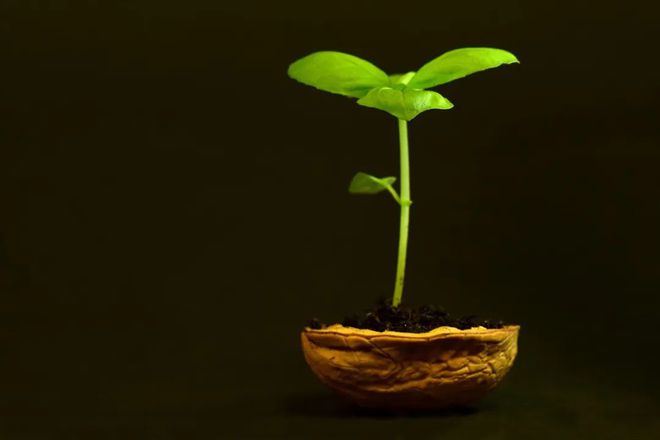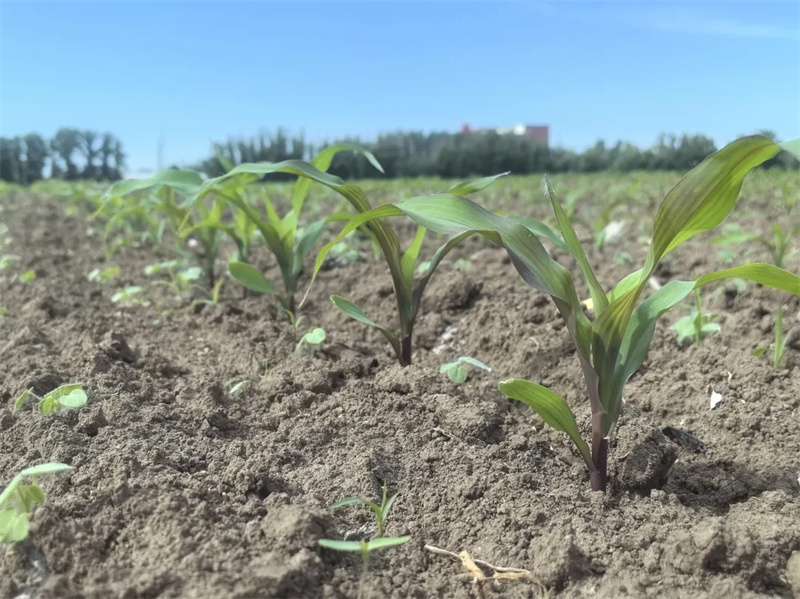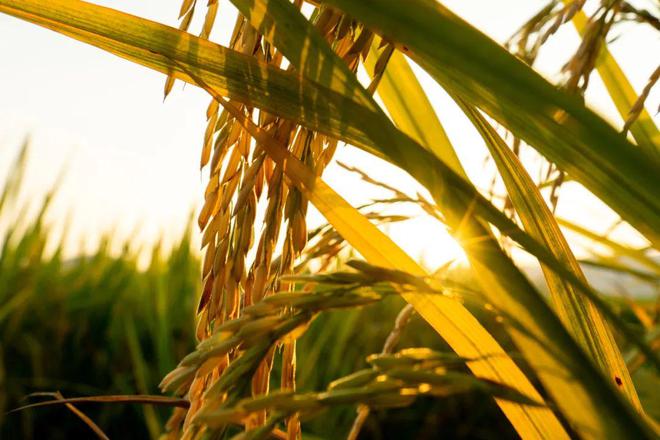Peppers are grown in very much the same way as tomatoes. They are set out after all danger of frost is over and the weather is warm. The row spacing is usually 2 1/2 to 3 feet apart, depending on cultivation equipment The plants are set about 18 inches apart in the row. Pepper plants require continuous growth for satisfactory results, are very sensitive to unfavorable weather though, of course, the gardener has little control over the weather. Peppers will often drop their blossoms when temperatures are high and humidity is low. Cool weather can also keep the plant from flowering. Deep cultivation that Cuts the roots causes a water stress on the plant that frequently makes blossoms drop. Even a short dry period can cause the same conditions. Good Soil Peppers require an even supply of water to prevent stress in dry periods; therefore, they should be set in soil high in organic matter. If available, apply 15 tons of manure per acre. (60 to 70 pounds per 1000 square feet) A good sod of red, sweet or crimson clover, or alfalfa, plowed down, is one of the best practices to insure high yields. A small grain crop plowed under every year is a very good practice. Fertilize well and as recommended, after having soil tested. A general recommendation is 1500 pounds of When to Plant Set plants in as soon as danger of frost is past. Pepper plants need a long growing period and moisture levels in the soil are usually more favorable in the spring season. Start with Good Plants Good thrifty plants about 6 weeks old are best for transplanting. Setting Plants Set plants about 1 inch deeper in the soil than they grew in the plant bed. They should be watered in using a good starter solution. A commercially prepared starter solution is best, but an adequate one can be made by dissolving a cup of Sidedressing If plant growth is not as vigorous as desired or plants are a light or pale green, apply a tablespoonful of nitrate fertilizer around each plant after several blossoms have set. Do not apply if plants are very vigorous or show excessive vegetative growth. Weed Control Herbicides: after the soil has been prepared and before transplanting date, the field should be sprayed with diphenamid at the rate of 4 pounds per acre on light soils ( For small plantings, such as a home garden, a more practical method of controlling weeds is cultivating and hoeing. Only shallow cultivation should be practiced (1 inch deep). Deep cultivation cuts many of the feeder roots which in turn diminishes the water supply and often causes blossom or fruit drop. |

















